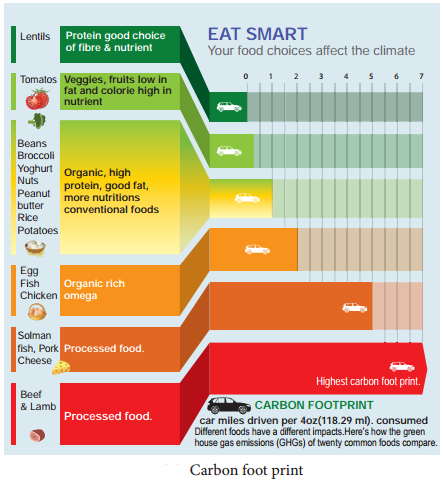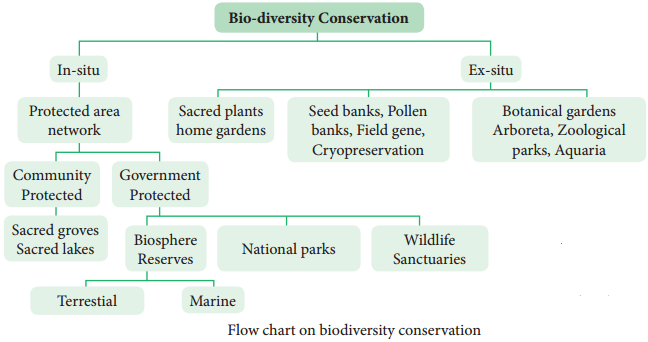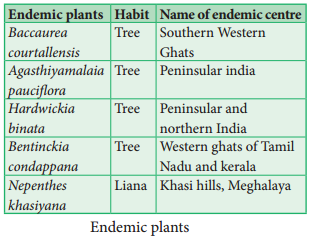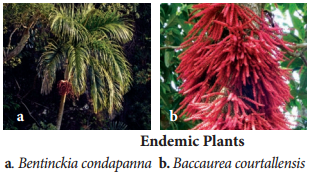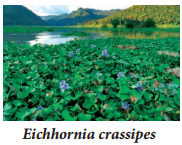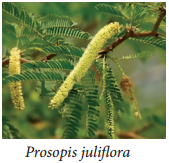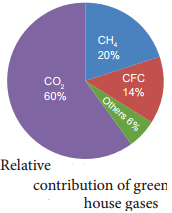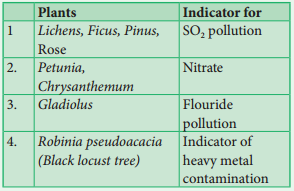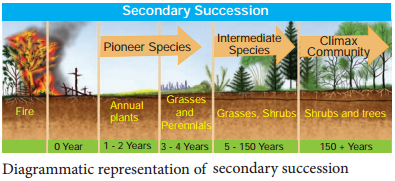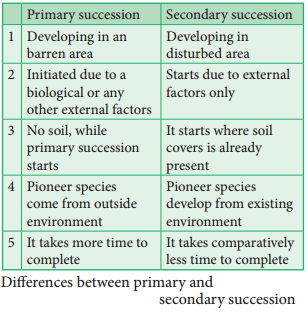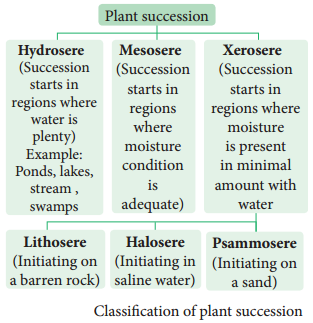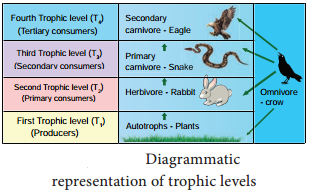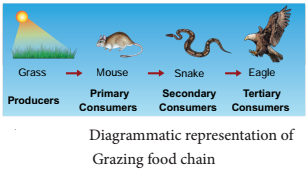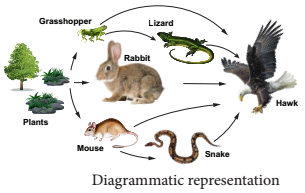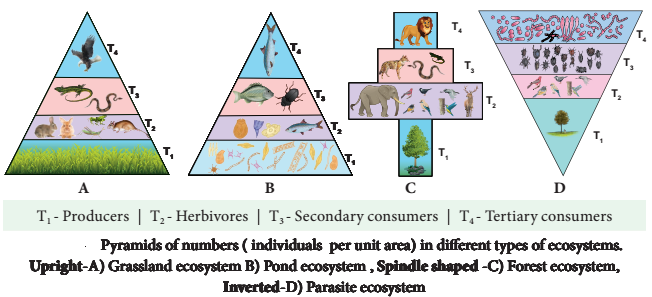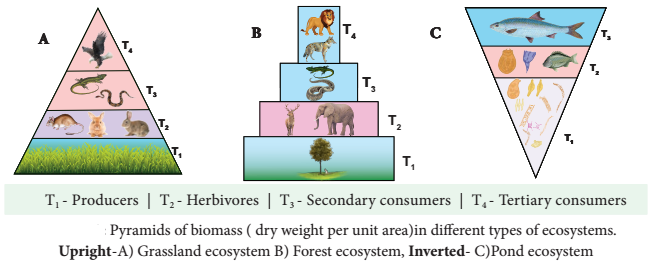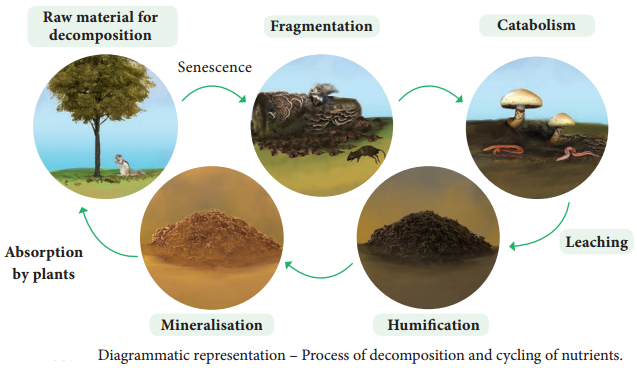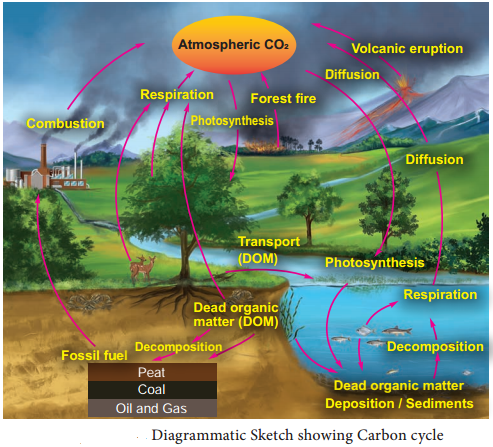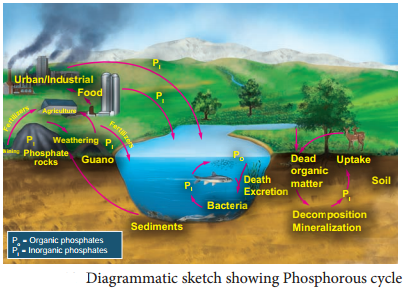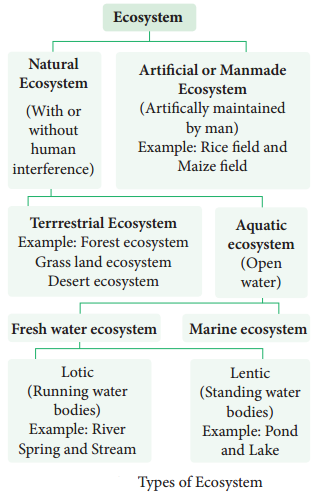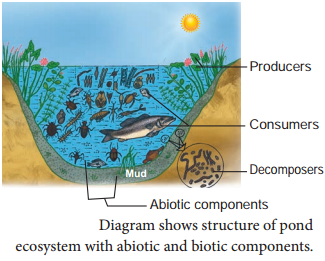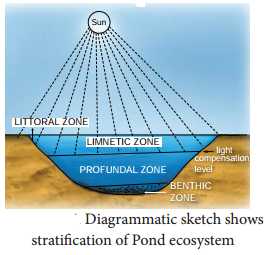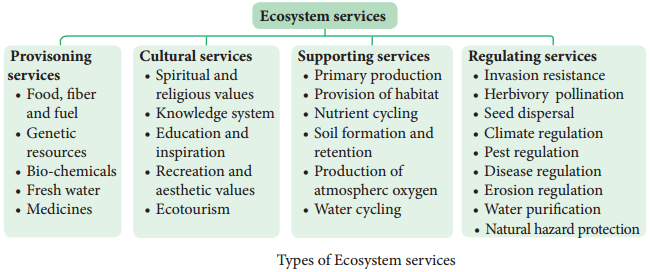Learninsta presents the core concepts of Biology with high-quality research papers and topical review articles.
Domestication Of Plants
Domestication is the process of bringing a plant species under the control of humans and gradually changing it through careful selection, genetic alteration and handling so that it is more useful to people. The domesticated species are renewable sources that have provided food and other benefis to human.
The possible changes in the plant species due to domestication are listed below;
- Adaptation to a greater diversity of environments and a wider geographical range.
- Simultaneous / uniform flwering and fruiting.
- Lack of shattering or scattering of seeds.
- Increased size of fruits and seeds.
- Change from a perennial to annual habit.
- Change in breeding system.
- Increased yield.
- Increased resistance for disease and pest.
- Developing seedless parthenocarpic fruit.
- Enhancing colour, appearance, palatability and nutritional composition.
